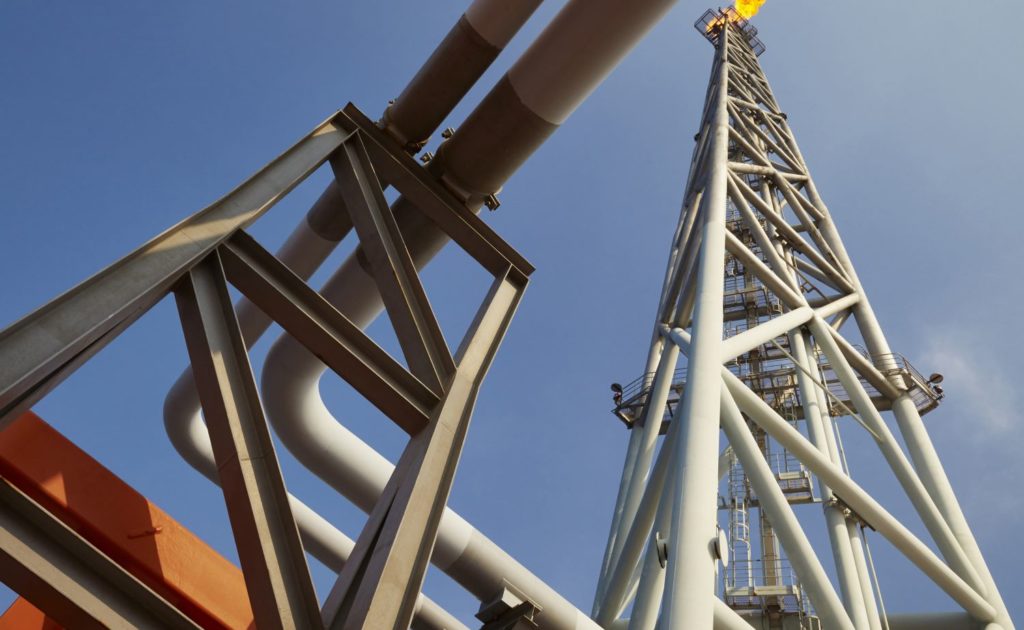
There are a range of flare monitoring systems to detect and alarm if the flare is unlit. Each technology utilises a feature of the flare such as heat or light. Flame Ionisation uses ionization of the gas during combustion to generate a measurable current.
In some countries, to comply with environmental regulations it is essential to confirm that the main flare or pilot flare always remains lit.
Where cold flares are in operation (where emissions can vary between vented gas and combusted gas) the inclusion of alarm systems can help identify what operating state the system is in.
Flame status can be determined by several means including monitoring heat, ionized gas, light or sound. To give constant feedback of pilot status one of the following systems will need to be used:
Whilst standards such as API 537 require the use of pilots in the flare, they re not globally applied. There are a large number of facilities that operate without pilots.
For choosing properly the flame monitoring system, it is important know if it will supervise a pilot flame or a flare flame.
High-tension ignition systems generally use flame ionisation detection for flame monitoring as they can utilise the same cable for ignition and monitoring. The weak point of this type of monitoring is providing adequate protection of the ignition/detection cable.
Flame monitoring systems comparison:
| Technology |
Individual pilot |
Ground level Maintenance |
Instantaneous response |
| Thermocouple |
X |
X |
|
| Fiber Optic |
X |
X |
X |
| Optical at grade |
X |
X |
|
| Acoustic |
X |
X |
|
| Flame ionization |
X |
X |
Comparison between fiber optic detection and Thermocouple detection (From Zecco)
Advantages
Has instantaneous response
Allows flare with multiple pilots to be monitored individually
Limitations
Is not possible to maintain from the ground.
Go Deeper
Case study
There are a range of flare monitoring systems to detect and alarm if the flare is unlit. Each technology utilises a feature of the flare such as heat or light. Alarms provide a near real-time alert that conditions in a flare have fallen outside of a predetermined threshold - such as when crosswinds or intermittent flow have led to a flare extinguishing. An unlit flare is a more significant source of methane and a more potent source of greenhouse gases as none of the gas is being converted to carbon dioxide.